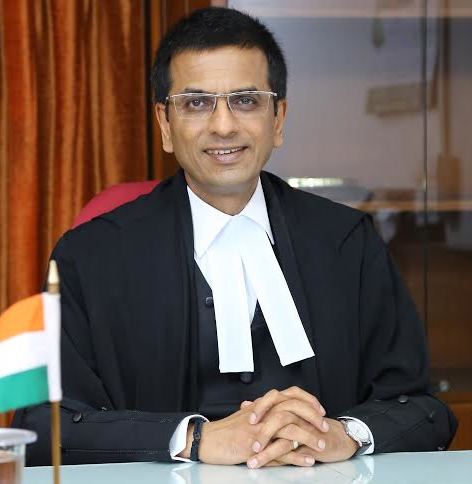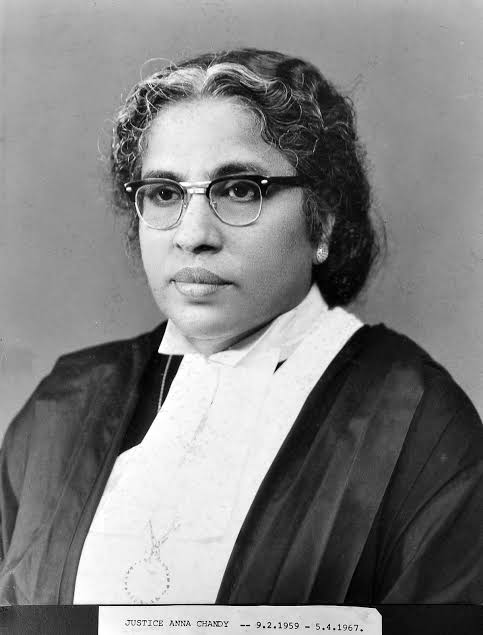Judiciary plays a pivotal role in shaping the mindset of the society. Time and again, it has taken steps to reduce the gender bias across the spectrum and in every working space including board rooms. In order to fill up the legislative vacuum, the Courts have come forward and ensured a healthy environment at the workplace for women as in the case of Vishaka & Ors. v. State of Rajasthan, and in the case of Air India v. Nargesh Meerza, wherein the Apex Court held that the notice for termination on the grounds of pregnancy is violative of Article 14 of the Constitution of India. In terms of gender equality, a change of mind set came through when the Apex Court, in Joseph Shine vs. Union of India, inter alia struck down Section 497 of the Code of Criminal Procedure, 1973, which criminalized adultery, as the same considered a woman to be the property of a man and thus, being of a “weaker” or “inferior” sex. However, despite of the substantial progress, the disparity and difficulty which the women face in today’s legal profession still continues.
It is by characterizing the legal profession as male dominating that we describe scenarios to explain how power, in terms of gender and institutional discipline, constructs law and legal professionalism. Historically, entering the legal field was a long way fare for women since for centuries they stood merely as spectators before the “procession of educated men”. However, with increasing influence and structuring broader opportunities, women are free not only to join this procession but also to rethink its direction and the terms on which they will participate.
The Indian Judiciary was active in its encouragement of women who took up the legal profession and went on to appoint the first woman Judge Hon’ble Justice Anna Chandy to Kerala High Court. Justice Anna Chandy had started her career as an Advocate in 1929 and had been appointed a Munsiff in 1937 thus, becoming the first Woman Judge in the pre-independent India. These two decades also saw the entry into the legal profession of two eminent lawyers who went on to become Hon’ble Justice Leila Seth and Hon’ble Justice Fathima Beevi, Chief Justices of Himachal Pradesh and Kerala High Courts respectively. The former had been actively practicing advocate in Delhi, Kolkata and Patna High Courts for more than 15 years and the latter had risen from the position of a Munsiff and had retired as a Supreme Court Judge eventually. Justice (Retd.) Ruma Pal, is another well known face of the Indian Judiciary having served the Supreme Court for 6 years as well as the Calcutta High Court. She deliberated in several pertinent issues, especially in the filed of human rights. We must appreciate and cherish the uphill battle, diligence and dedication of the women in the legal fraternity who started their practice way back in 1960s and early 1980s for paving the way for present representation of women judges, lawyers and jurists. However, even after 75 years of independence, the Indian judiciary paints a tainted picture when it comes to equal representation of women in the benches and the struggle to get the first woman Chief Justice of India still continues.




A widespread assumption is that barriers have been coming down and women have been moving up, and it is only a matter of time before full equality becomes an accomplished fact. However, if truth be told for women in the legal profession, progress has been dramatic and they still remain significantly underrepresented in positions carrying the most power, status, and job security. As a consequence, female lawyers often face a double standard and a double bind. They risk appearing too “soft” or too “strident”, too aggressive or not aggressive enough and what appears assertive in a man often appears abrasive in a woman.
Recently, Justice Hima Kohli of the Supreme Court of India spoke on ‘Inclusion and Empowerment’. She described the legal profession as an “Old Boy’s Club” given the abject lack of representation of women in the legal profession. It is no more a secret that women in the field of law not only get less work and paid less as compared to their male counterparts, but also get fewer opportunities to become partners in law firms or empanelled in the corporate or government sectors.
The Chief Justice of India, D. Y. Chandrachud, during his recent keynote address at the American Bar Association Conference expressed the need of a better framework to have more diverse and inclusive profession today as the judges who come to High Court or Supreme Court in 2023 reflect the state of bar at the beginning of millennium when women certainly were did not have equal opportunities. It is, therefore imperative to create a better level playing field now to truly have more diverse and inclusive judiciary in future.
At the global level, renowned Late Justice Ruth Bader Ginsburg has contributed immensely to eradicate disparity in terms of gender in the legal profession. She went to law school at a time when women represented less than 3 percent of all lawyers in the country and got admitted to Harvard Law School in 1956 as one of only nine women in a class of about 500 men. The departure of Justice Ginsburg from the legal landscape highlights the fragility of women’s rights, and the progress we have made as women and as lawyers.
It is apposite to mention that despite of graduating from leading law schools all over the world like Ivy League Universities, Oxford, Cambridge, etc., and working in different roles at various organizations as that of their male counterparts, it is unfortunate that the same does not translate to an equal representation either at workplace or later at higher positions and as such a successful career at a law firm remains an uphill endeavour. In spite of their competence, hard-work and struggle, women lawyers are not recognized and as such the designation of senior women lawyers is disproportionately low. Going by the available figures, women account for 7% of judges in 25 High Courts and it is due the prevalent gender bias and patriarch mindset which stop women from getting the ‘silk’ of the legal profession. This glass ceiling acts as a barrier for the women in obtaining top positions in the corporate sector and less access to prime assignments then their male counterparts.
The motivation for women lawyers to participate in the legal field probably remains problematic because they are influenced by the power of the gender stereotype. Drawing on the mundane details of the experiences of women legal aspirants, the proposition is to build simple legal infrastructure, hygienic toilets/washrooms, creches, sexual harassment committees for making the opportunities realistic and to employ “gender fluidity”, which recognizes the possibility of multiple gender roles occurring among varied social contexts, and further re-characterizes the so-called masculine legal culture.

